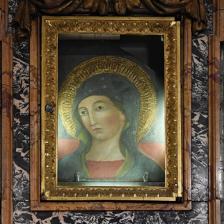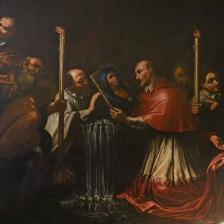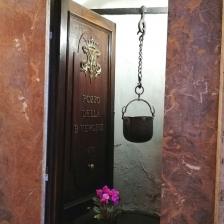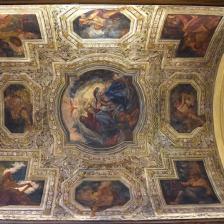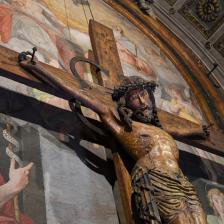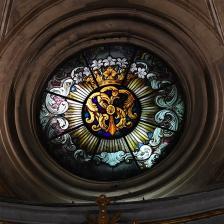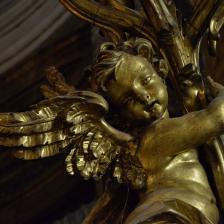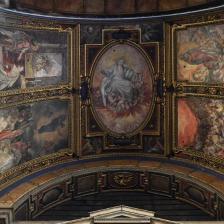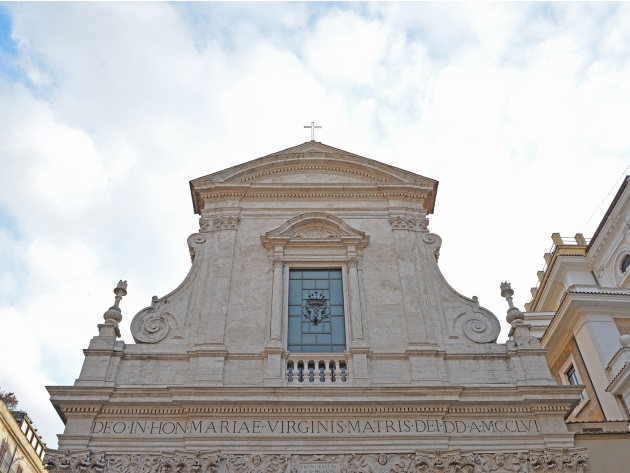
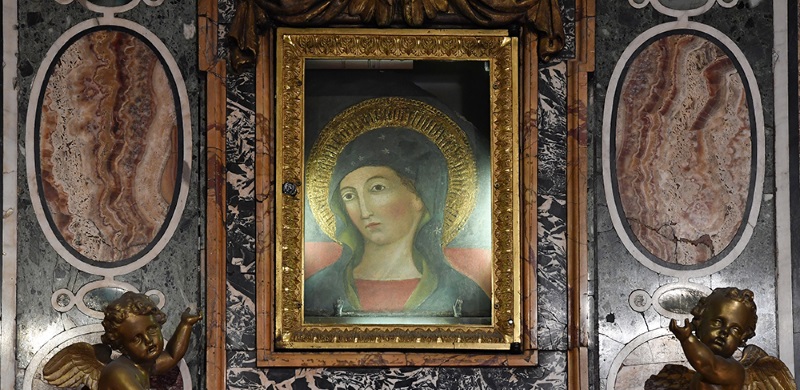
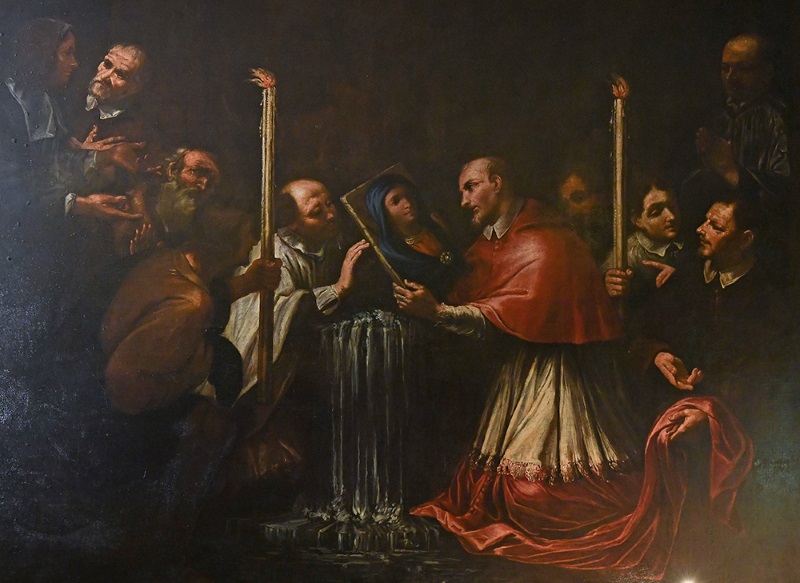
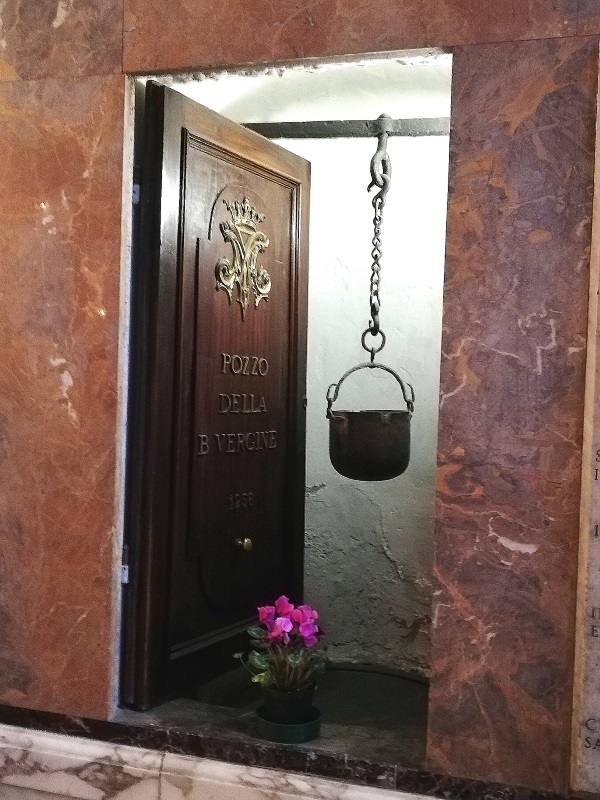
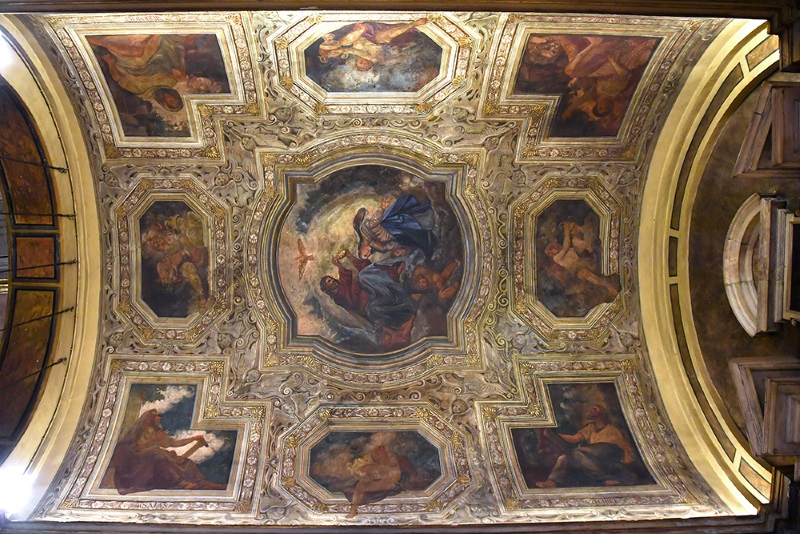
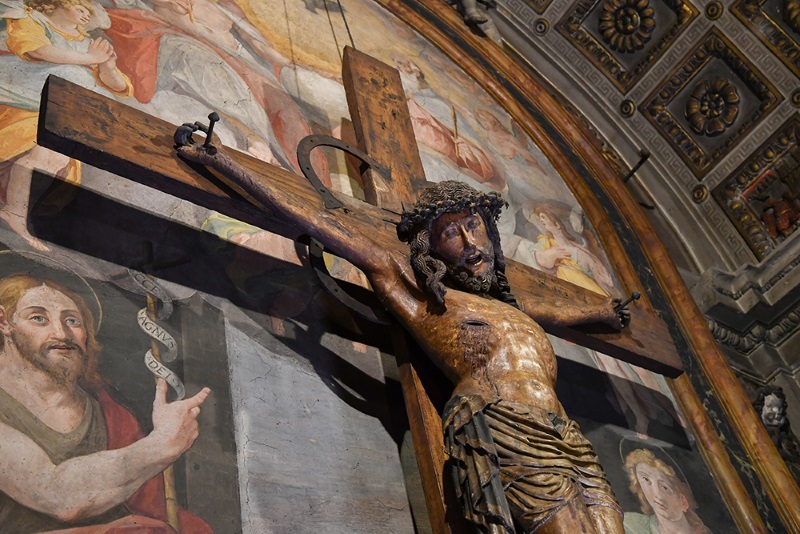
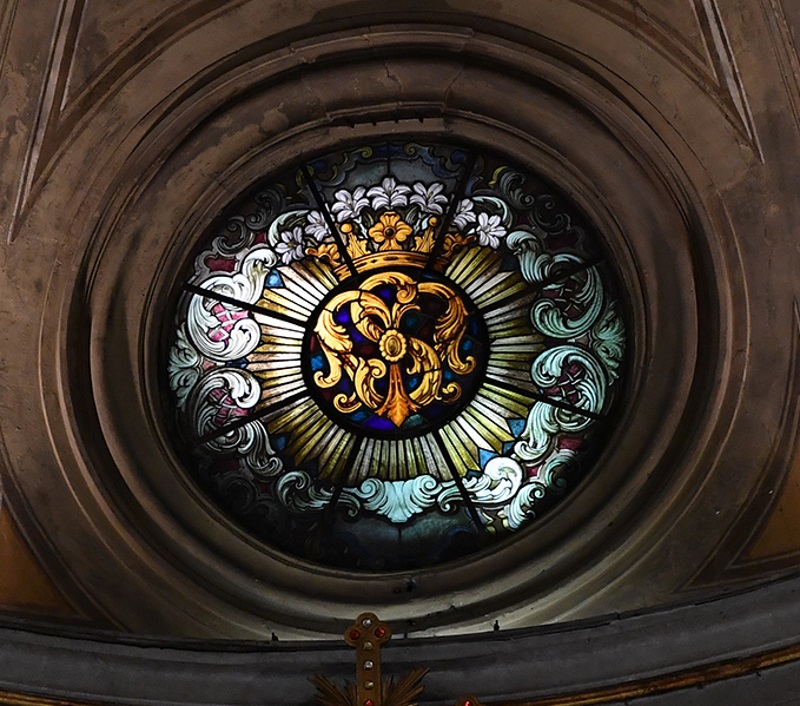
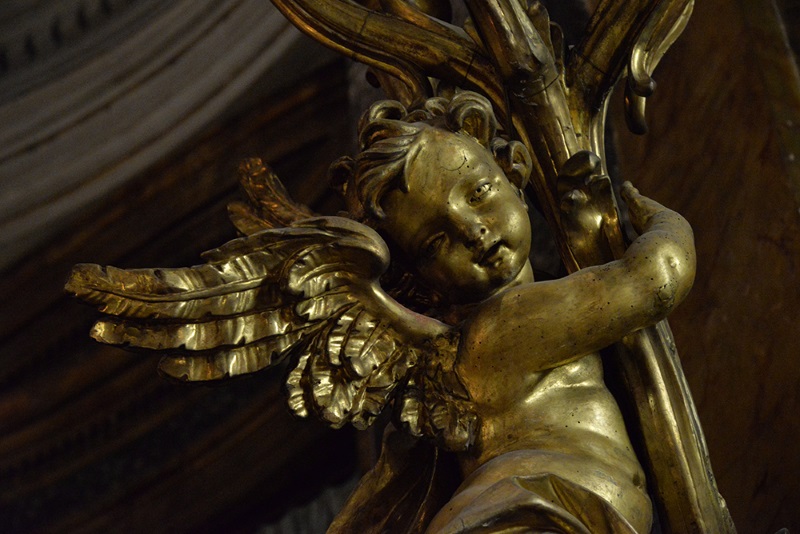
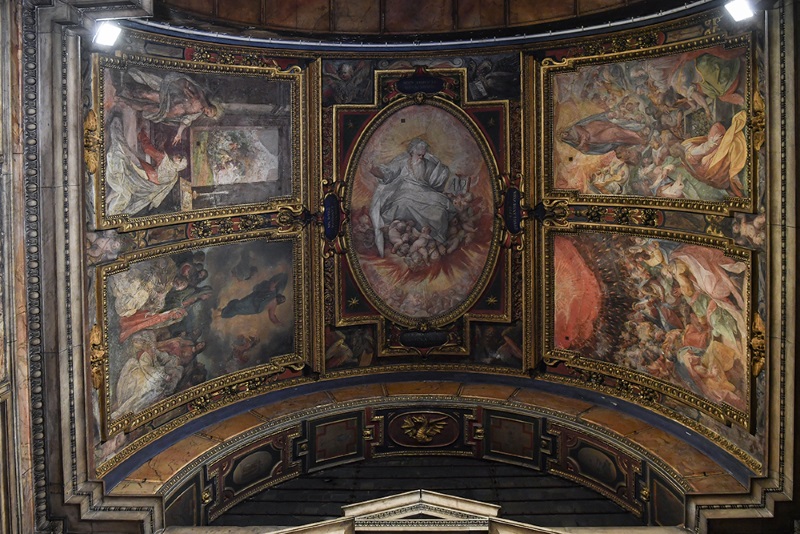
In the night between 26 and 27 September 1256, the waters of the well of a stable owned by Cardinal Pietro Capocci, a Roman noble related to the Colonna, the Orsini and the Cenci, overflow.
His servants, frightened by something floating above and which they were unable to grab, because it slips from their hands like a fish, wake him up. The cardinal rushes into the stable and sees the stone slab, depicting the Virgin Mary, waving on the water. After a short prayer, he manages to take it gently in his hands. The water, unstoppable before, subsides and returns into the well.
The next day, Pope Alexander IV had the sacred image carried in procession and a chapel dedicated to the Madonna is built in place of the stable, to commemorate the miracle that had just happened.
Since then, even Rome has its little Lourdes: a story of devotion spanning eight centuries is born, and her sweet and maternal face is the object of veneration and a dispenser of graces.
Today, many believers, Romans and tourists from all over the world who know the story, visit this pretty church in the heart of Rome, even late at night, to drink a sip of the miraculous water that flows from the ancient well .
This unique church, whose origins date back to before 995 AD, is located between Via del Tritone, Galleria Alberto Sordi, Via del Corso, and is a stone's throw from the Trevi Fountain.
Its particular name, Church of Santa Maria "in Via", seems to refer to the proximity to the Via Flaminia (today Via del Corso) which at the time was called "the Via".
The church was rebuilt in 1491 under Pope Innocent VIII, entrusted by Pope Leo X to the Padri Serviti, and rebuilt in 1594 by Francesco da Volterra from a design by Giacomo Della Porta who began the façade completed by Carlo Rainaldi in 1681. The Baroque style façade is in travertine; the interior, with a single nave, has a single apse and four chapels on each side.
In the small chapel on the right, we find the painting collected by Cardinal Capocci, the work of a Roman school painter from the13th century, and a niche with a small tap that allows the faithful who request it to take a sip of the prodigious water or to fill a bottle to take to a sick family member. According to legend, a stone from the well from which the Samaritan quenched the thirst of Jesus was walled into that of the church.
The sanctuary also contains many other prestigious works, including the 16th century wooden Crucifix, or the Aldobrandini Chapel with a beautiful altarpiece depicting the Annunciazione and two paintings, Adorazione dei Magi and Natività by Cavalier D'Arpino.
The other chapels are dedicated to the Holy Trinity, to Saint Andrew the Apostle, to the Sacred Heart of Jesus, to the Seven Holy Founders of the Order of the Servants of Mary and to San Pellegrino Laziosi.
Galleria Alberto Sordi (Früher Galleria Colonna)
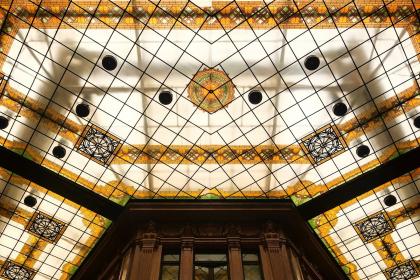
 Condividi
Condividi
Trevi-Brunnen
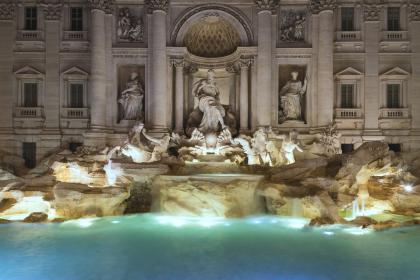
 Condividi
Condividi
The most famous of the Roman fountains: a jewel of water and stone
The shopping streets
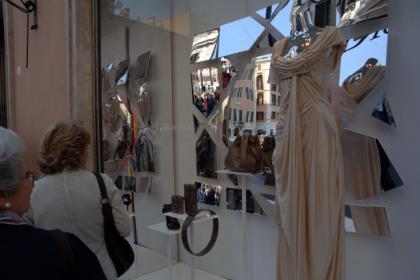
Informationen
For the timetable of the masses and visiting conditions, please consult the contacts.
 Condividi
Condividi
Location
Um mehr über alle barrierefreien Dienste zu erfahren, besuchen Sie den Abschnitt barrierefreies Rom.












































